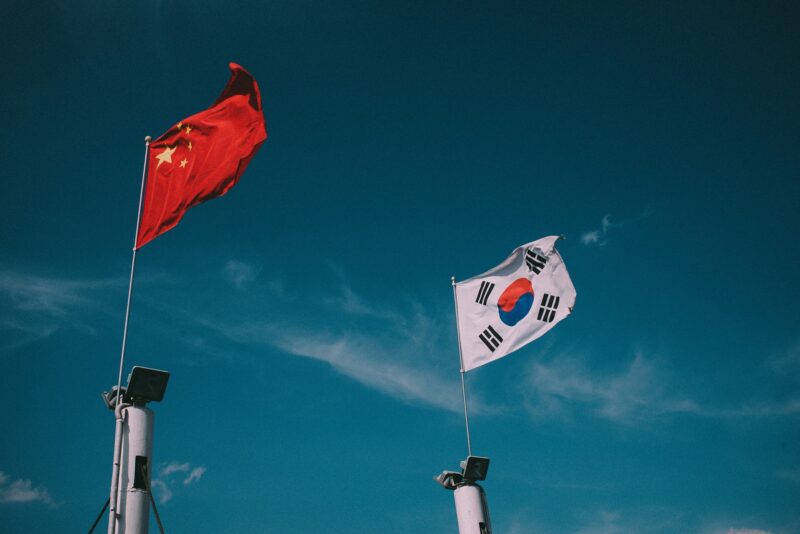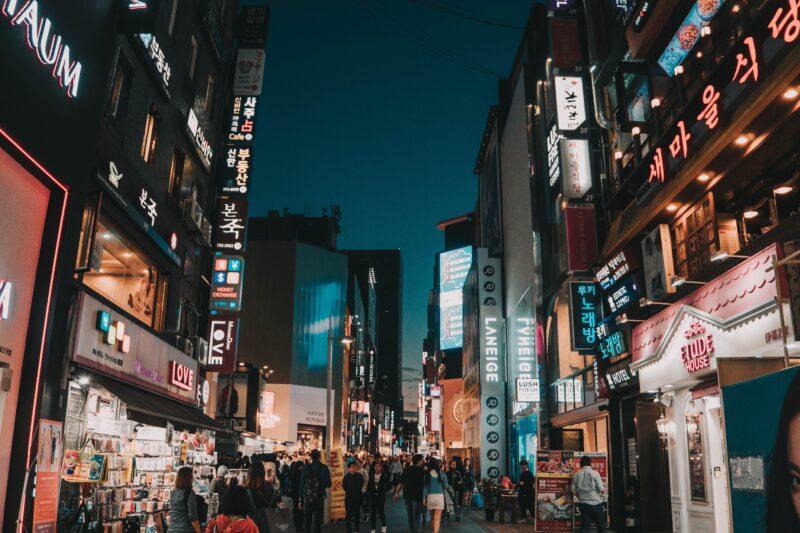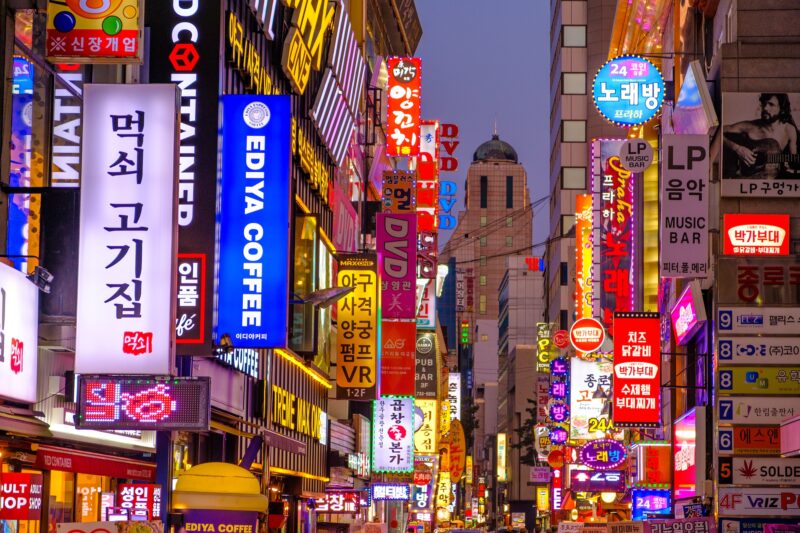The new Korean drinking culture: More low-alcohol drinks and hangover cures

The Korean drinking culture is changing, with young consumers moving away from traditional beer and soju centered gatherings toward lighter, fruitier, and more accessible beverages that better align with their health-conscious lifestyles. This shift is encouraging alcohol brands to develop low-alcohol, zero-sugar options and adopt marketing strategies that resonate with younger audiences. Read our Korea […]
Comparing South Korea’s Hallyu and China’s Guochao

In today’s globalized world, the influence of culture and trends from different countries has become increasingly prominent. Two noteworthy phenomena, Guochao in China and Hallyu from South Korea, have influenced consumption choices of luxury, food and beverages, fragrances, and many other goods and services. Recognizing this influence, many brands have actively embraced and leveraged Guochao […]
The MZ Generation is becoming less trend-sensitive and more self-driven

The MZ Generation (MZ세대), a term used only in South Korea, refers collectively to Millennials (born in the 1980s to early 1990s) and Generation Z (born in the late 1990s to mid 2000s). Unlike in other countries, young consumers are often grouped together. While this grouping doesn’t fully capture the complexities of each generation, they […]
The Korean snack market is evolving, challenging legacy brands and opening doors for foreign brands

In 2024, the total snack sales were KRW 1.7 trillion, a slight 0.05% year-over-year decline. Even though the overall industry remains stagnant, performance varied by brand. Private-label snacks dropped 3.2% to KRW 103.3 billion, while “other brands” – those that are new/emerging, limited-edition, and imported – experienced a 0.5% year-over-year growth and make up over […]
Oat milk in the APAC: diverse entry strategies and market maturation

The global oat milk market reached approximately USD 2.52 billion in value in 2022 and is forecasted to grow to USD 6.09 billion by 2032. While oat milk initially gained popularity in the West, it has now expanded into the APAC region. Global brands such as Oatly and Alpro have entered various APAC markets through […]
Embedded marketing in South Korea: Targeted brand exposure through storytelling

With the increasing influence of Korean content globally, product placement (PPL), or embedded marketing in South Korea, has gained significance. This advertising strategy involves subtly featuring branded goods and services in dramas, movies, and TV shows. Read our Korea’s MZ Generation report Korean dramas, in particular, are known for seamlessly integrating numerous product placements, although […]
Diversifying choices in the Korean coffee market: it’s not only about iced americano

Despite not being a coffee-producing country, South Korea stands out as a significant consumer of coffee. In 2018, the per capita annual coffee consumption reached 363 cups. With an annual average growth of 2.8%, this figure rose to 405 cups by 2023. This surge in coffee consumption has prompted a notable increase in the number […]
“Meaning out” through eco-friendly consumption in South Korea

Eco-friendly consumption in South Korea goes beyond addressing global warming or preserving the environment; it involves consumers expressing their values through their choices. This shift has led to a substantial increase in eco-friendly consumption, soaring from USD 1.15 billion in 2001 to 22.98 billion in 2020. Read our Korea’s MZ Generation report Koreans are increasingly […]
How the MZ Generation is redefining future relationships in South Korea

The MZ Generation (MZ세대) encompasses Millennials and Gen Z, a term specific to Korea. Amid the rapidly aging population and low fertility rate, their demographic influence is not only expanding in proportion to the overall population but is also shaping relationships in ways that impact their interests, desires, and behaviors. This report delves into how […]
South Korea’s flagship stores: Going beyond retail and creating brand impact

South Korea, recognized as the birthplace of K-pop and Hallyu (한류), also boasts a vibrant and bustling shopping scene with fierce competition. To establish a strong presence, brands are launching flagship stores (플래그십 스토어), the primary and prestigious retail shops that embody the brand’s image, values, and products. These stores play a vital role in […]
South Korea’s funsumers: The increasing demand to make every consumption fun

When purchasing products in South Korea, there are several important criteria to consider, such as price, function, and brand reputation. However, there is an additional factor that is critical – fun – especially among the funsumers (펀슈머). The term “funsumer”, a fusion of the words “fun” and “consumer”, refers to individuals who are not only […]
South Korea’s digital ecosystem: local players dominate the game, but foreign competitors are lurking

South Korea is one of the most digitalized countries in the world. In addition to being home to chaebol tech companies like Samsung Electronics (삼성 전자) and LG Electronics (LG 전자), its population boasts a strong affinity for technology and the services it provides. As of 2018, South Korea ranked first worldwide in terms of […]

